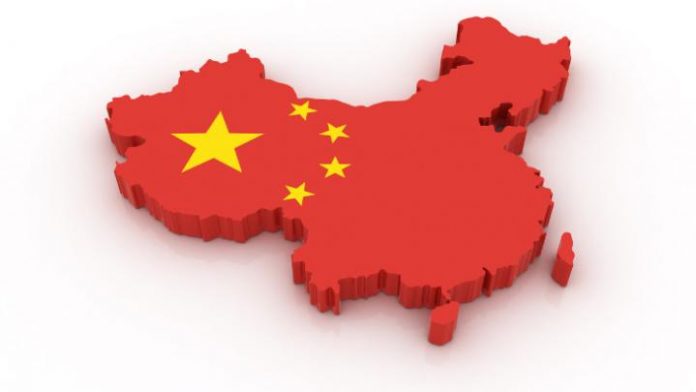According to a new report ‘China Health Tourism’ by the China Tourism Academy, more than two million Chinese travel annually for health tourism, including medical tourism, and they predict numbers will grow quickly. Using other data, IMTJ calculates over a million health tourists visited China in 2018. The future of Chinese health tourism looks bright.
A new report ‘China Health Tourism’ by the China Tourism Academy says that packages and destinations promoting health have emerged as popular choices for Chinese travellers.
Health tourism varies from complex medical treatment to simple health checks.
It includes trips to wellness centres, Traditional Chinese Medicine (TCM) and medical practices such as acupuncture, massage and yoga.
Outbound health travel
The report says that more than 2 million Chinese travelled overseas in 2017. Chinese health tourists bound for Hong Kong, Macau, Taiwan or foreign countries were identified as 2.2% of all outbound visitors in 2017. The report says the number and percentage are both expected to increase in 2018.
Using the latest total China Outbound Tourism Research Institute (COTRI) figures of 145 million in 2017 and an estimated 160 million in 2018, 2.2% would give over 3 million health tourists in 2017 and 3.5 million in 2018, and if the percentage increased, this would give 4 million Chinese health tourists in 2018. Estimates of numbers of medical tourists vary from half a million to over a million.
Japan, Thailand, South Korea and the US are listed as the top destinations for travellers from the Chinese Mainland. They also go to Taiwan and India.
Domestic and international inbound health tourism
China is looking to seriously develop domestic and inbound health tourism and domestic health tourism has boomed on the Chinese mainland over the past few years.
The Chinese National Tourism Administration (CNTA) argues that advancing the integrative development of health and tourism could meet the practical needs of the national strategy and industry development. The Chinese state sees developing a tourism industry as having a major contribution to the national economy.
The industry is being built on the “tourism plus” pattern. Health tourism has become a new way to meet the needs of tourism and health, which means planned development of high-end medicine, specialised and professional treatment, traditional Chinese medicine health care, rehabilitation and recuperation, and resort treatment. CNTA policy is to advance health tourism development by playing an active part; to be aware of market orientation and integrative development; and to make sense of the international view and innovative development.
Guilin, Guangxi Zhuang autonomous region, and Haikou, Hainan province, are the most popular mainland health travel destinations in the health market due to their agreeable climates.
According to the CNTA, the number of inbound visits was 139 million in 2017 and will be 140 million in 2018. This would give over a million health tourists to China in 2018.
The rise of Traditional Chinese Medicine
According to a recent article in Nature, China has been aggressively promoting TCM on the international stage both for expanding its global influence and for a share of the estimated US$50 billion global market.
According to the article, medical tourism hotspots in China, like Hainan off the southern coast, are attracting ‘thousands of foreigners’ for TCM. The government has plans to build 15 TCM ‘model zones’ similar to the one in Hainan by 2020.
Overseas, China has opened TCM centres in more than two dozen cities, including Barcelona, Budapest and Dubai in the past three years. Although there are many Western-trained physicians and biomedical scientists who view TCM practices as unscientific, unsupported by clinical trials, and sometimes dangerous, the World Health Organization is enthusiastically supported traditional medicines, above all TCM, as a step towards its long-term goal of universal health care.
TCM and therapies such as acupuncture and massage, as well as exercise, such as tai chi, helps attract foreign visitors and travellers from Hong Kong, Macao and Taiwan to the Chinese Mainland. 2% of visitors from Hong Kong and Macau sought TCM in 2017, while 0.9% of foreign travellers to the Chinese mainland bought tour products focusing on TCM in 2017.
Slow-paced health tourism
The China Tourism Academy report says that health tourism emphasises slow-paced activities, pressure release and health preservation rather than a tight sightseeing schedule common with traditional tourism. It includes and staying well and TCM.
The report suggests that individual and group travel are seeing a new pattern combining Chinese culture and TCM industries. Health tourism products will drive the development of a quality tourism market because travellers motivated by health require much higher quality services than other travel products.
A recent conference in China on international health tourism launched the health tourism report. Major state tourism and development organisations looked at constructing and operating health tourism destinations, innovative development of the health tourism industry and TCM health tourism.








 ©2024 All rights reserved LaingBuisson
©2024 All rights reserved LaingBuisson 


